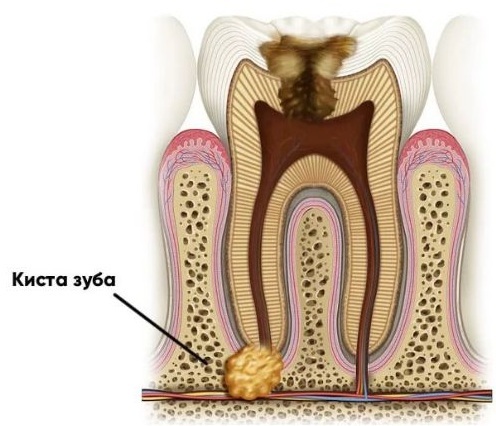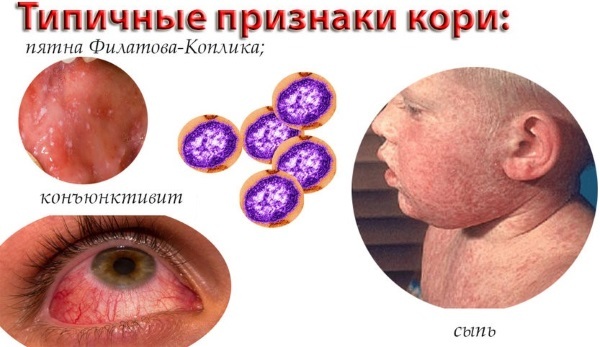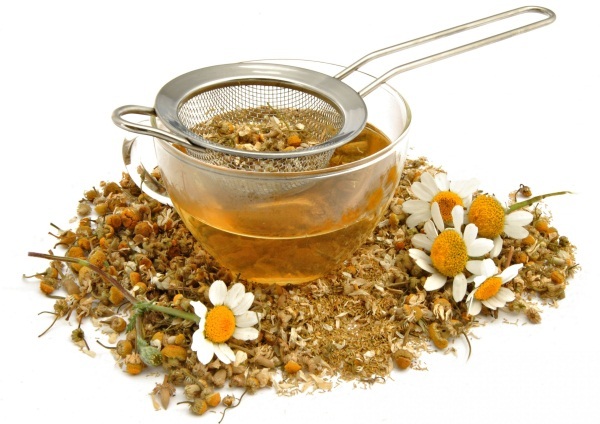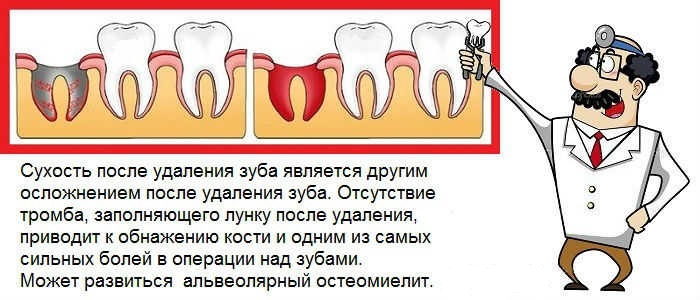Tooth extraction in dentistry is the most common form of surgery conducted on the lower or upper jaw. This operation can be simple and complex, in which there are difficulties in removing the tooth space availability manipulating or damaging the integrity of the tooth.
Depending on the complexity of the procedure, the cost of this operation varies from 2,000 to 15,000 rubles. (For the case of the operation under general anesthesia). Removing the tooth is assigned and is held on the lower jaw only if there are sufficient indications.
The content of the article:
- 1 testimony
- 2 Contraindications
- 3 What examinations necessary to pass
- 4 Training
- 5 The procedure step by step
- 6 Recovering from
- 7 possible complications
- 8 Videos about tooth extraction
testimony
Tooth extraction in the mandible, despite the strong development treatment of caries and periodontitis It remains one of the most common forms of surgery. The priority area of work for the dentist remains the task of preserving the teeth on the lower jaw, the integrity of which determines the health of the teeth.
But complex types of flow of caries, periodontal disease, in some cases after long-term treatment may cause an acute need for surgery. Teeth removed on the testimony of the mandible in a planned manner, or extra.
Urgently tooth extraction is carried out in the following cases:
- Acute purulent inflammation of periodontitis in order to prevent the development of sinusitis, inflammation of the bone and sepsis.
- Severe shortness of eruption of molars in the lower jaw, as room to grow new teeth do not. For example, in the case of tooth sprouting from existing side.

- Cystic tumors suppuration nature or capillary jaw cysts, when the tooth can not be saved on the lower jaw.
- For fractures of the jaw where the tooth is located on the fracture line.
Routinely tooth in the lower jaw removed at:
- granulating and chronic granulomatous periodontitis, when the necessity of tooth extraction on the lower jaw due to ineffective treatment for a long time;
- complications arising in the treatment of the tooth (the root perforation, tooth breakage or the medical instrument in a remote location of the tooth);
- improper positioning of individual teeth in a series, which are systematically injure the buccal mucosa, causing the subsequent development of erosions and ulcers;
- tooth decay;
- granuloma formation near the roots;
- the formation of a flux;
- high mobility or strong promotion of teeth on the lower jaw due to lack of corresponding teeth on the upper jaw;
- treatment of alveolar bone to allow access to the site of the operation;
- removal of milk teeth in order to make room for the growth of a molar tooth in the lower jaw.
In exceptional cases, at the request of the patient's tooth in the lower jaw can be removed in order to improve type jaw or to correct severe speech defects caused by the presence of teeth that have grown with violations.
Contraindications
Removing the tooth in the lower jaw, even if the testimony is not always carried out. In some cases, even when absolutely necessary to carry out the removal process is impossible due to the presence of contraindications. Permanent contraindications to the removal of the bottom teeth do not have, because they are all treatable.
For temporary contraindications include the following:
- Hroniosepsis (chronic sepsis), in which the body is constantly infection is present (staphylococcal, streptococcal), which is not highly specialized drugs acting conducted treatment. In this case, the operation to remove the tooth can cause complications and contamination of tissue, so the pre-planned treatment chronic sepsis conducted before removing the tooth.
- Odontogenic chronic intoxication, which occurs after unsuccessful treatment of caries, pulpitis or periodontitis. In case of violation of requirements to the technique of the treatment of the bacteria enter the tissues and organs and trigger inflammatory processes in them. When such disease suppuration can be observed in the oral cavity, is not always associated with dental diseases. Identify the disease is difficult, therefore, prior to the removal of the tooth it is important to treat local abscess (flux) or a more comprehensive survey.
- The disease in the acute stage of the cardiovascular system (stroke, heart disease).
- blood diseases (infectious or related incoagulability blood).
- liver disease, pancreatic and kidney in the acute stage.
- Infectious hepatitis.
- Airway inflammation (influenza, ODS and ARI).
- Acute infectious diseases (scarlet fever, measles and chicken pox).

- Disorders of the central nervous system associated with infections or impaired brain normal functioning (impaired cerebral circulation, encephalitis, meningitis).
- Acute radiation illness or treatment related to radiation.
- Pregnancy between 1-2 and 8-9 months.
- Acute inflammation of the mucosa of the mouth and throat.
What examinations necessary to pass
After the initial examination, the dentist must make a decision about the need for surgery to remove the tooth and notify the patient. by indications physician may prescribe an operation on the lower jaw in an outpatient or inpatient, preliminary survey to which are assigned different.
On the lower jaw with a standard tooth removal preliminary survey hardly required. In rare cases, the doctor may prescribe a tooth X-ray to determine the number of roots, the characteristics of the tooth arrangement.
X-rays done on a special machine for point shots. The procedure is performed immediately before the removal of the dental clinic and the cost of 500-1500 rubles.
When assigning outpatient surgery patient is assigned a general survey, which necessarily comprises:
- complete blood count, which costs 350 rubles .;
- urinalysis, which costs 300 rubles .;
- fecal yaytseglist (cost 350 rubles.).
All of these tests can be taken in a clinic or in a medical laboratory.
If there are grounds necessarily assigned full blood analysis to determine the presence of infectious diseases, inflammatory diseases and blood. Blood, in this case a vein taken from fasting. The analysis can be done in a clinic in the community or in a health center, and the price for it varies from 300 to 2000 rubles. depending on the complexity.
Patients who suffer from allergies, prescribed a blood test to determine the feasibility of the introduction of anesthesia, which cost 1500 rubles.
Training
Removing the tooth in the lower jaw does not usually require preparatory measures.
Enough before going to the dentist:
- for 2 hours before surgery must eat loosely to improve blood clotting and reduce salivation, a bite protects the body from poor health and syncope;
- brush your teeth thoroughly to remove any residual bacteria and plaque.

In some cases, a doctor appointed by the patient mandatory training carried out before the removal of the tooth, which includes:
- with strong inflammation in the oral cavity or bacterial infection a course of antibiotics or antimicrobials for receiving exception complications during surgery;
- the appointment of a general anesthetic necessary to consult with an anesthesiologist to clarify the type of anesthesia and its dosage, the tests;
- under general anesthesia for 12-24 hours. before the surgery the patient can not eat in order to avoid complications from anesthesia;
- before the operation for 48 hours. You should not drink alcohol because it can cause excessive bleeding and improper influence of drugs.
Remove the tooth can not be in a state of extreme stress, so you need to calm down before surgery and are positive. To do this, it is enough to talk with the doctor and clarify the nuances of the procedure.
The procedure step by step
Surgery to remove the tooth always takes place in a special room with high disinfection.
- The doctor carries out an operation with gloves, mask and goggles. Before removing the teeth on the lower jaw physician should carefully wash your hands with an antibacterial agent and dry them with a sterile cloth, wear disposable gloves.
- Then, the patient is placed in a chair, and he explains how the operation.
- Tooth and mouth of the patient treated disinfecting agents (chlorhexidine miramistin) for deep cleaning.
- Then the doctor in accordance with the age and weight of the patient introduces him an anesthetic into the gum. This is done gradually, sometimes in two stages, with the introduction of anesthetic agent into the deeper layers of the gums. The patient rests for 15-20 minutes. not start operating until the anesthesia.
- Then, the removable tooth to gingiva gently led away, standard or special forceps, intended to remove the teeth of the mandible, tooth made completely capture and fixation.
- By eversion or rocking the tooth moves from its place, and is extracted from the gum. In severe cases, to remove large drill teeth can be used for cutting teeth into parts for subsequent removal of individual parts of the tooth.

Removing the tooth in the mandible occurs painlessly under anesthesia - As well, after the removal of a tooth in the lower jaw, blood begins to flow quickly, so it established a cotton swab to stop bleeding. Under the swab in the vacant cavity is gradually formed blood clot that after removal of the tampon becomes a "natural bandage".
After tooth removal patient is prescribed anti-inflammatory treatment mixtures and decoctions and need antibiotics for 3-5 days. If you have any complications the patient should immediately consult a doctor prescribed treatment for the correction.
Recovering from
Removing the tooth in the lower jaw are almost always takes place without complications, so the standard during the surgery, the patient is recommended only rinse.
1. For disinfecting the wound and facilitate healing used chlorhexidine 5% diluted in water, which costs no more than 70 rubles.
- In the 1 st. warm water is necessary to pour 3 tablespoons. l. chlorhexidine.
- The mixture was stirred and rinse space where the tooth was removed every 2 hours.
It should be done carefully and gently to avoid damaging Blutwurst plug.
2. Salt rinsing possess anti-inflammatory and healing properties.
- In the 1 st. lukewarm water to dissolve 1 h. l. salt.
- The mixture was kept in the mouth at the site of tooth extraction for 2-3 min. and then spit.
Rinsing is carried out every 2-3 hours. 1-2 days.
3. When severe inflammation of the mucous or complex offsets is better to use the rinse-based concoctions of herbs.
- 1 tbsp. l. chamomile flowers or leaves St. John's wort to pour 1 tbsp. boiling water.
- The mixture was kneaded and allowed to warm for 30 minutes.

- The mixture is then necessary to drain and rinse your mouth for 2-3 days after removal.
Rinses broths will effectively remove swelling and inflammation, and also has antiseptic and healing properties. It should be dry herbs collection from 80 to 100 rubles. If necessary, the infusion can be made from eucalyptus or sage leaves, which have similar properties.
4. For anesthesia in the first 1-2 days after removal of the appointed anesthetizing patients when necessary agents which also possess anti-inflammatory properties: Naiz, or Kitarol Nurofen (by recipe). Painkillers taken by adults on the table 1-2. 2-3 times a day in case of severe pain.
Dosage Naiza:
| Age, l | A single dose, mg | The number of administrations per day |
| 12 liters and above | 1 t. | 2-3 |
| 8-10 l | 1 t. | 2 |
5. For complex types of removal for quick recovery of the patient the doctor prescribes antibiotics. For example, Amoksiklav, 625 mg, which has a broad spectrum of activity and is often used in dentistry.
His designate an adult to 1 Vol. 2 times a day for 5-7 days. The drug quickly relieves inflammation, eliminates pathogenic flora and promotes tissue repair. Its cost an average of 500 rubles.
If after the operation there is no improvement or increased body temperature, it is advisable to immediately consult a doctor.
possible complications
When carrying out an operation to remove a tooth specialist qualifications complications never occur.
However, in practice, very rare cases of certain complications, which include:
- The absence in the well of a blood clot after tooth extraction, which naturally protects the wound from infection. In this case, there may be an inflammation of the gums, which can be easily removed rinsing tincture of herbs.

- Paresthesia tooth nerve or damage during the operation provokes numbness gums, cheeks and lips. In rare cases, it may numb the part of the language, and the patient begins to talk bad. The disease does not require treatment, and after 1-2 weeks the sensitivity is completely restored.
- Bleeding in the well, on which is terminated after 2-4 hours, after extraction requires treatment. This may be due to damage to blood vessels during a procedure or deep damage the gums as well as in diabetes. In this case, the doctor further processes the gum, if necessary imposes seams and puts a new tampon with haemostatic ointments.
- Unpleasant smell and taste after tooth extraction is normal phenomenon associated with the healing of tissues, and goes after the complete restoration of the mucosa.
- Severe pain after tooth extraction may remain on the lower jaw during the 1-2 weeks after removal. The pain may even be given in the ear. In order to facilitate the patient's condition the doctor prescribes stronger painkillers. Gradually, the pain decreases and disappears.
- dental defects. After removal of the tooth in the mandible adjacent teeth may gradually bend and to pull away in the direction of the formed opening. Due to the load while chewing on the adjacent teeth may start to crumble and deteriorate. In these cases, the patient after removing the prosthesis is recommended.
In the mandible, any operation carried out only when indicated, because the lower teeth are more responsible for the normal chewing of food. If necessary, the operation to remove the teeth carried out efficiently in the dentist's office and does not cause complications.
When planning the implementation of all doctor's appointments mucosal healing the patient passes quickly, and the gum is completely restored within a week to a healthy state.
Registration of the article: Vladimir the Great
Videos about tooth extraction
Removal of wisdom teeth of the lower jaw:



